Pekka Buttler, May 2025
Introduction
First off, you can read this lens’ data sheet here.
As discussed in that data sheet, this is one of those lenses that was designed and manufactured by Tokina (to Konica’s spcecifications) during the two companies’ long-standing close co-operation. It was offered as one of the kit alternatives in Konica’s ‘1-series’1 SLR cameras and is therefore available today for a pittance.
I have always felt the 50 mm focal length of ‘standard’ lenses to be too constrictive. Instead, I’ll rather grab a 35 mm as my only lens. However, bright (faster than f/2) 35 mm lenses are usually quite expensive (which has however not hindered me from having several) and quite large lenses.
The Konica Hexanon AR 40/1.8 is a bit narrower than a 35 while still being considerably wider than a 50. At f/1.8 it is plenty fast, and only 28 mm long and 140 grams light. In my eyes it qualifies as a pancake lens2.
And did I say that it’s cheap as chips? According to my records I paid less than 40€ for my flawless copy when I bought it from a retailer, and it can be had for much less. This is especially remarkable as many specs-wise similar 1980s pancake lenses today command quite exorbitant prices.
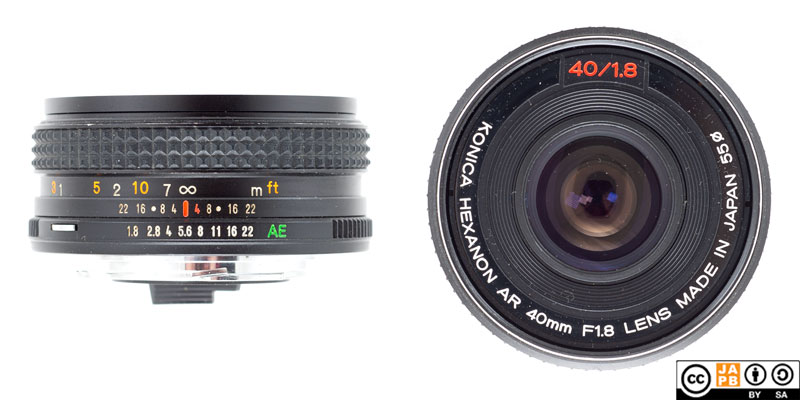
Ergonomics
As said, this lens is a pancake lens. While pancake lenses were all the rage in the early 1980s, they’ve since fallen out of favour as cheap zooms have taken their spot as obvious kit lenses.
Pancake lenses must be seen as a logical step in the general drive to package SLRs into smaller and smaller form factors, and you can basically see that from the late 1970s every camera manufacturer that wanted to profile (some or all of) their SLR cameras as ‘just as good as the competition, but smaller’ was rather aggressive in introducing very slim pancake lenses.
However, pancake lenses also came with drawbacks. Firstly they always offered comparatively narrow control rings that were harder to grip quickly and precisely. Secondly, this was especially true for lenses that relied on aperture control rings3 as those rings were not only narrow but also longed right up against the body of the SLR, making photographers with chubby fingers curse constantly. Third, because the primary design imperative of pancake lenses was to not add any extra millimetres to the lens’ length, this also meant that the front elements of pancake lenses are always very exposed to oblique light. This in turn made modern coatings a sine qua non.
The focus ring is clad with a diamond-patterned rubber ring and is relatively grippy. As I was on my walk-around on a cold spring day (with a moderate wind blowing) I was wearing fleece gloves. In this situation operating the focus ring was trouble-free, but …
Using the plastic aperture ring which is not broad and impossible to find based on tactile sensations through said gloves would otherwise have been entirely impossible, but luckily it does protrude a bit (though this might depend on your adapter) and is rather grippy, meaning that once you get a hang of where the ring is, you do not have to lower the camera from your eyes to adjust the aperture.
Finally, I must again remonstrate Konica for their implementation of the lens’ AE controls. All camera systems that were geared towards shutter priority implemented a system to lock the lenses into a position where the camera took full control of the aperture. This position was always located ‘beyond’ minimum aperture. Konica was alone in choosing an implementation where you could get the lens into AE lock simply by going beyond minimum aperture, but you needed to press a button to be able to move the aperture ring again. Hence, you can easily slip into AE lock, but getting out of it necessitates locating the AE lock release button…
Setting up the walk…
There is an old Finnish saying: “Kevät keikkuen tulevi”, roughly translated as ‘spring wobblingly comes’. The spring of 2025 has again proven this saying, because we had some glorious spring days with 10+ celsius as early as the beginning of March, only to then be stuck in what felt like a grey, drizzly, windy doldrum for weeks to come. As of this writing (beginning of may 2025) nightly frosts are still rather the rule than an exception.
These images are from a Sunday walk with two thirds of my family (you can see my partner and younger children in some of the fuzzy backgrounds) in the Helsinki Region of Uutela. As the Wikipedia page for Uutela says:
“Uutela (Swedish: Nybondas) is a nature park in Vuosaari, Helsinki, Finland. It is surrounded by the sea on three sides, and as one of Helsinki’s best-preserved nature parks, Uutela attracts visitors from all over the Helsinki capital area. You can get there by taking the subway to Vuosaari and then either walk or take the bus.”
Uutela really is an interesting combination of Urban (located right next to the posh Aurinkolahti neighbourhood and only a stone’s throw from the Vuosaari metro station) and rugged Nordic nature featuring a broad range of biotopes (from glacier-polished cliffs and rugged pine trees to some wetlands in the inner part of the nature park).
Images and commentary
I did this walk-around using my Nikon Z5 and a K&F Konica AR to Nikon Z adapter
As with almost all wide-aperture lenses, the Konica 40/1.8 is soft wide open, and – on first sight – even seems to be unusually soft wide open. For a collage of centre detail at various apertures, see below.
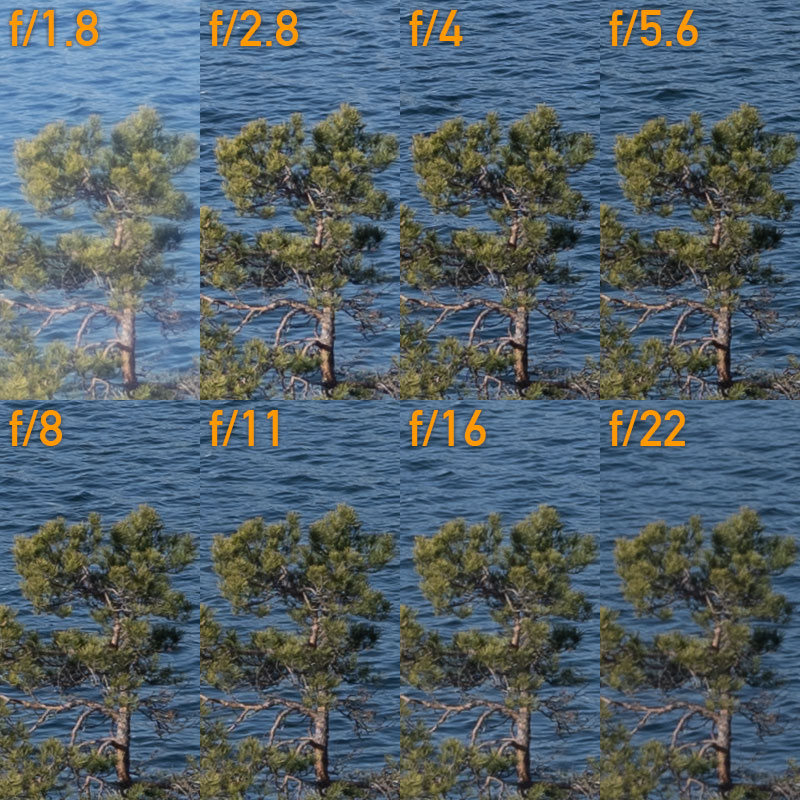
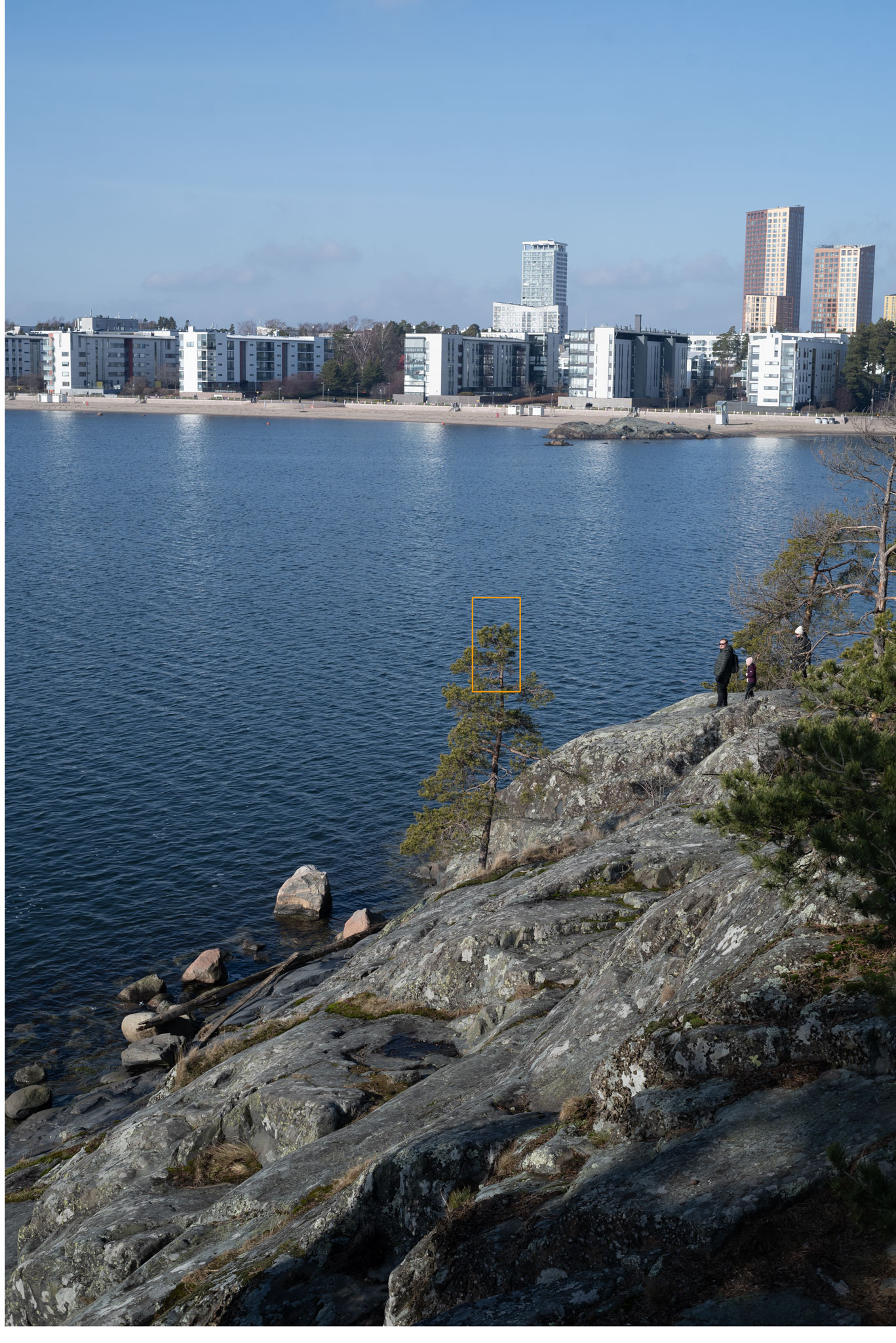
(orange rectangle shows sample area for collage above)
On closer inspection, in the case of the Konica that softness is not so much due to a loss of definition (although that does play a part), but is mostly due to loss of contrast (please see the JAPB article on sharpness and how it has two components: definition and contrast).
Why is this distinction important? Well, in short because contrast can be easily boosted in post-production, whereas the same does not apply to definition. To illustrate the difference, see below.
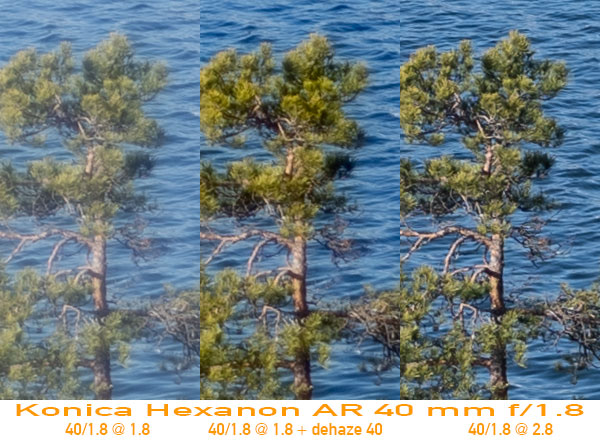
Middle: Konica AR 40 mm f/1.8 Centre details (ACR Default + dehaze 40 in Adobe camera raw)
Right: Konica AR 40 mm f/2.8 Centre details (ACR Default)
Obviously there is a real lack of definition in the wide open shots, but that is often overshadowed by a lack of contrast that is – as said – relatively easy to remedy in digital post-production (even though this might not make film enthusiasts happy).
The Konica 40/1.8 does show some vignetting wide open (f/1.8) but it is not particularly bad even at maximum aperture. By f/2.8 the issue is no longer field-relevant and by f/4 vignetting is totally gone.
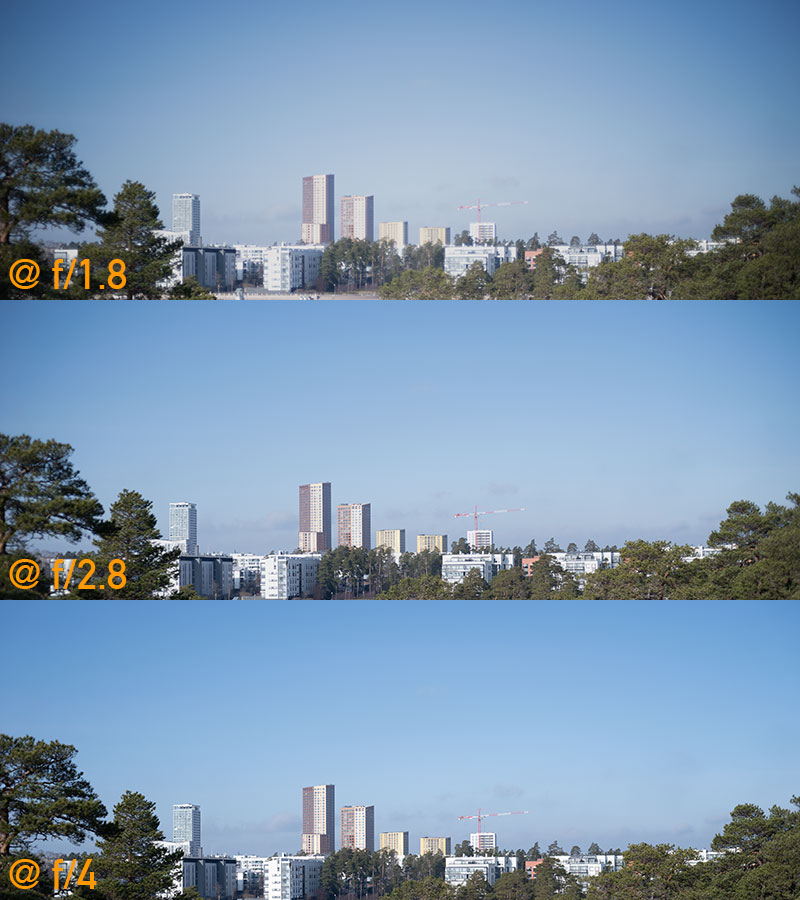
Chromatic aberrations can be a problem with the Konica Hexanon AR 40 mm f/1.8, especially in extreme contrast situation and especially wide open. This is especially evident in the sample images below.
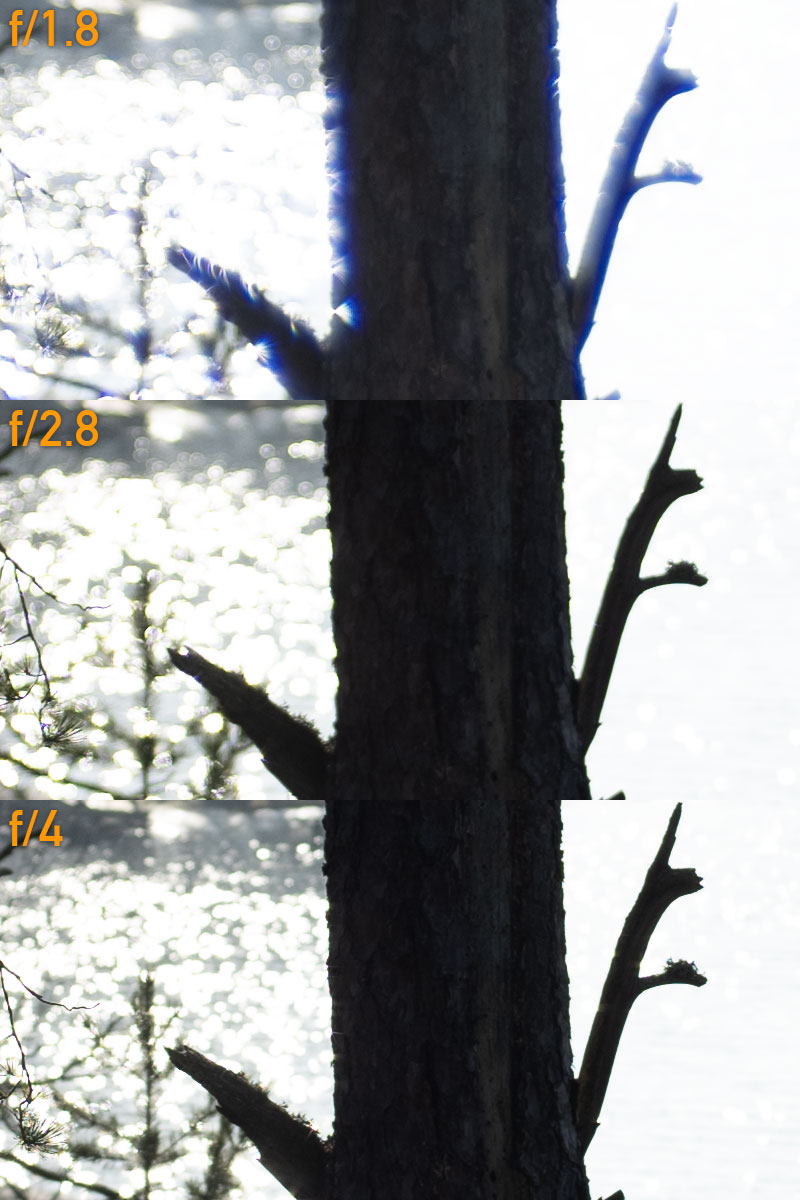
These are centre crops and focus was on the dead branch on the right-hand side. These are a clear-cut case of longitudinal chromatic aberration (see more about the topic in the JAPB article on Chromatic Aberrations). Interestingly, the lens shows very little in the way of lateral chromatic aberrations at any apertures.
Regarding ghosting and veiling flare, the lens is relatively well-behaved. There is a mild level of veiling, and the lens cannot be made to produce prominent ghosts. Whatever coating technology this lens uses, it actually seems to be rather good considering it’s an 80s consumer-grade lens.
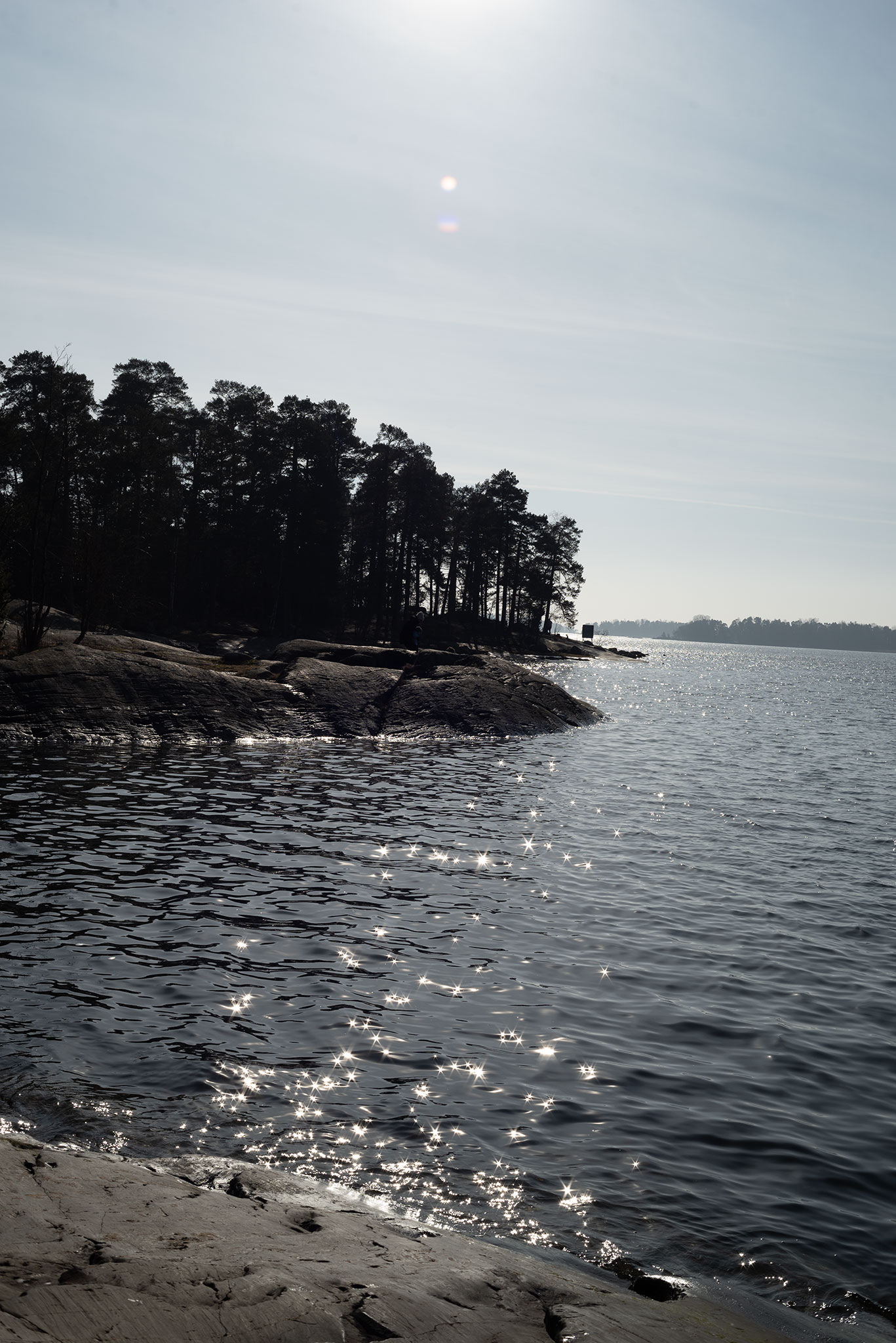
Image with sun at the edge of the frame. Veiling is low and ghosts are modest.
Being a prime lens in the roughly normal range, it is not surprising that the lens has no field-relevant geometric distortions.
Unlike many pancake lenses, this lens’ MFD is not limited. While a MFD of 45 cm is not especially short for a 40 mm lens, neither is it especially long. With a maximum magnification of 1:9 this lens is not a macro lens.
I generally found the colour balance of the lens to be neutral, maybe a bit on the cool side.
I do see that there is some field curvature, but it is quite modest and by no means field-relevant.
I have not yet taken any nighttime shots with this lens, so I cannot comment with any certainty on comatic aberration or astigmatism but I will report back.
All in all, if you are interested in a wide standard / moderate wide-angle lens that offers a large maximum aperture in a cost-effective package, this lens should be at the top of your list.
Gallery shots
All images below shot on 8. March 2025 between midday and 2 pm on a Nikon Z5. Minimum edit in post (unless specifically stated otherwise: ACR default conversion from RAW), straighten, resize to 2048 and JPEG 9.
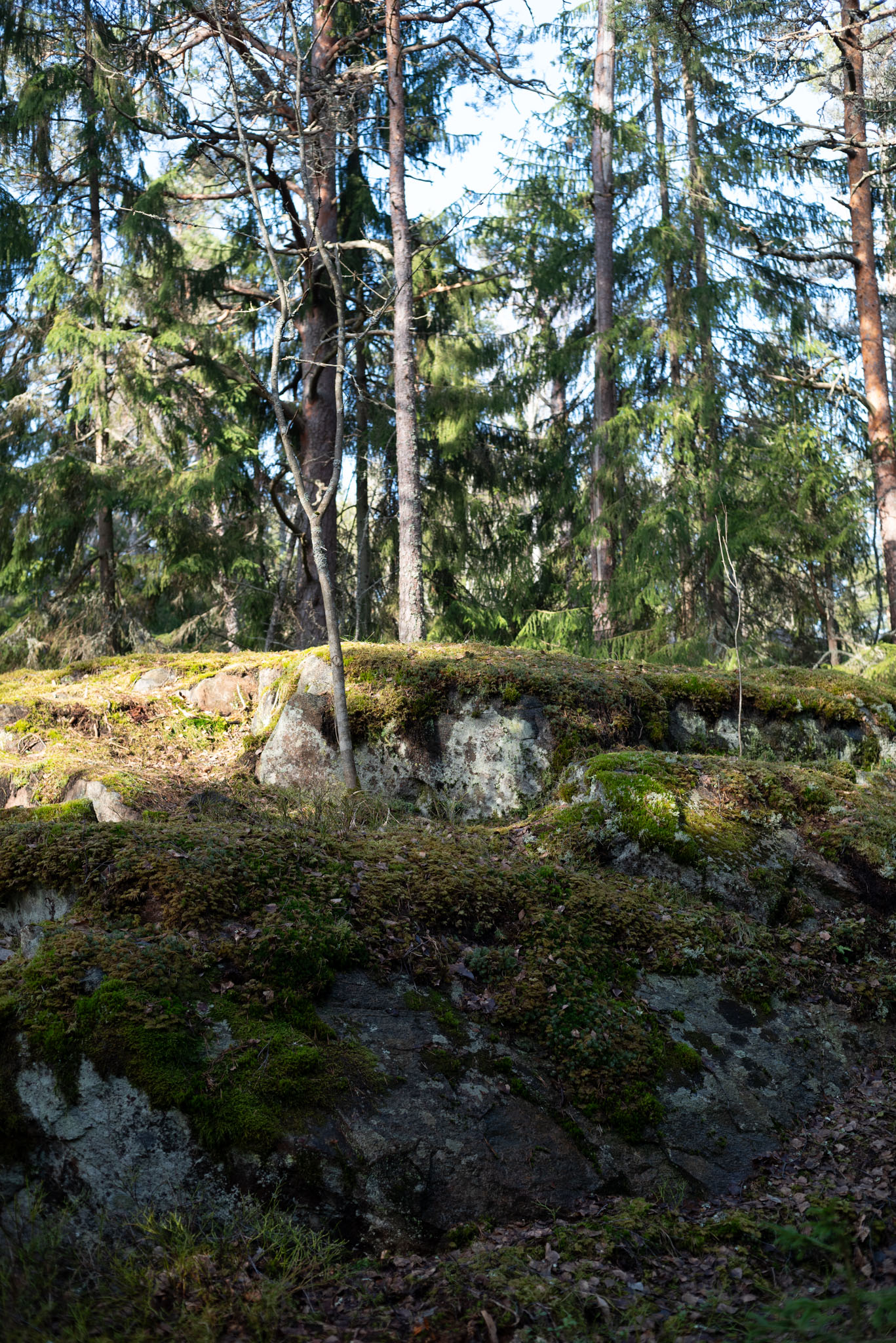
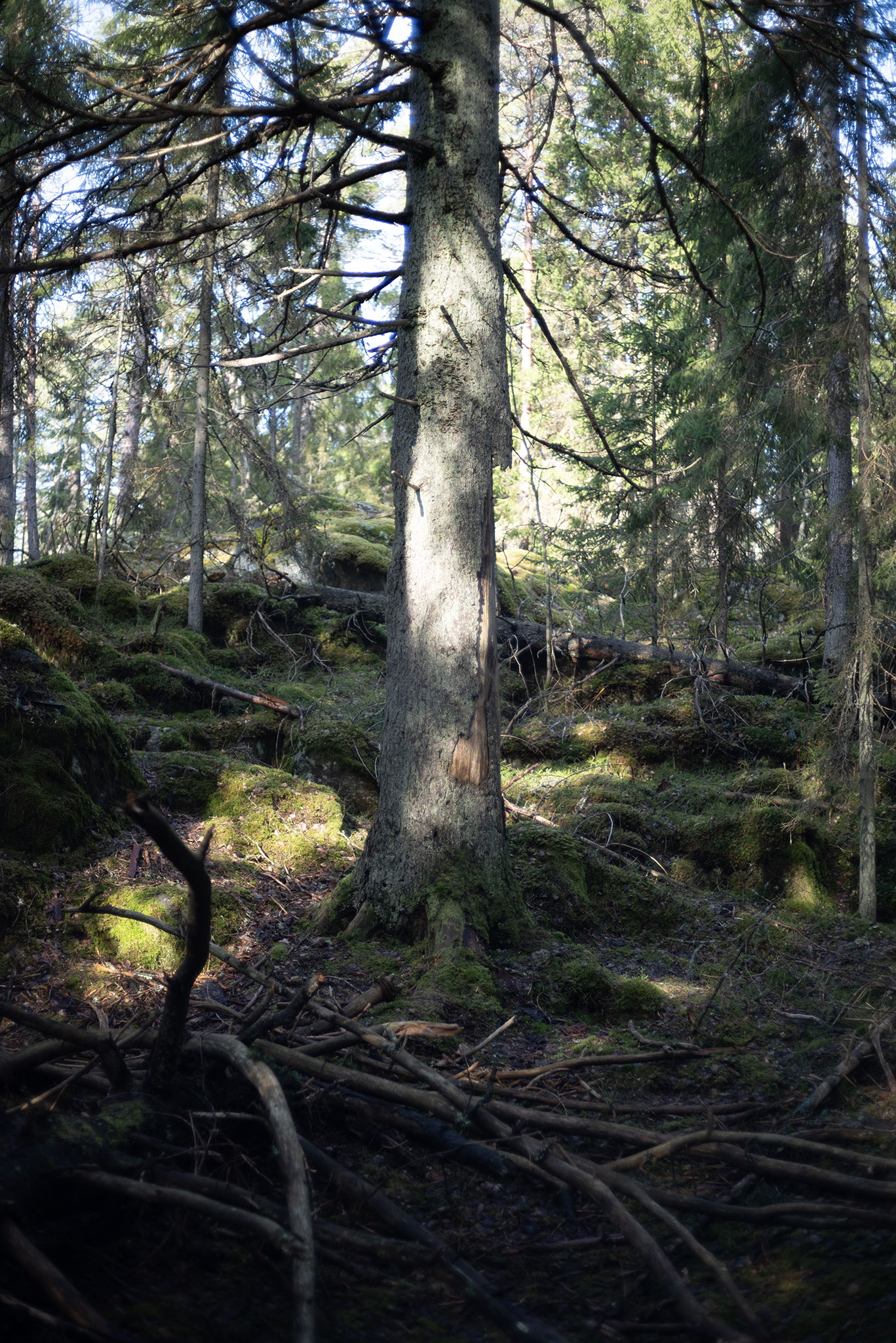
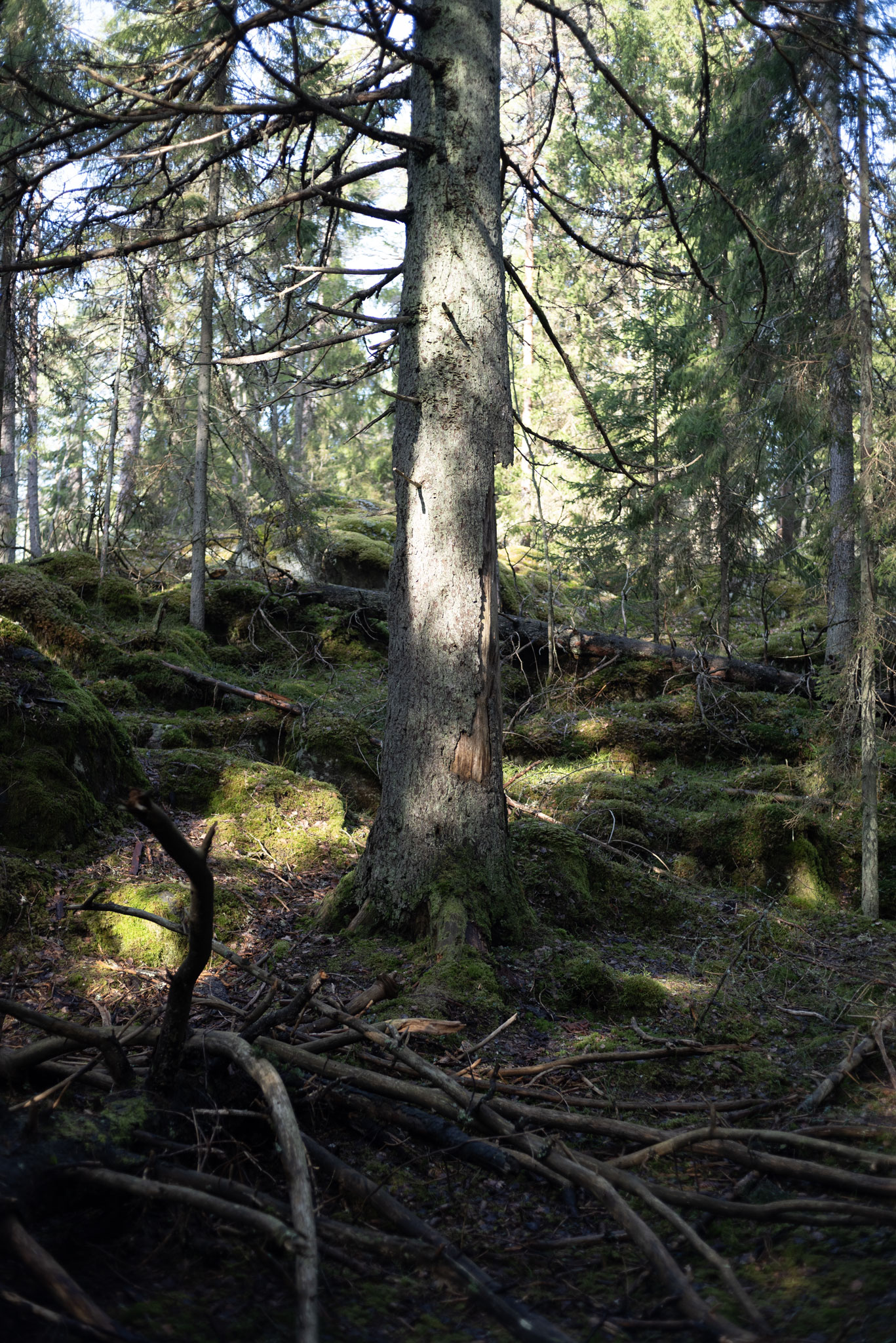
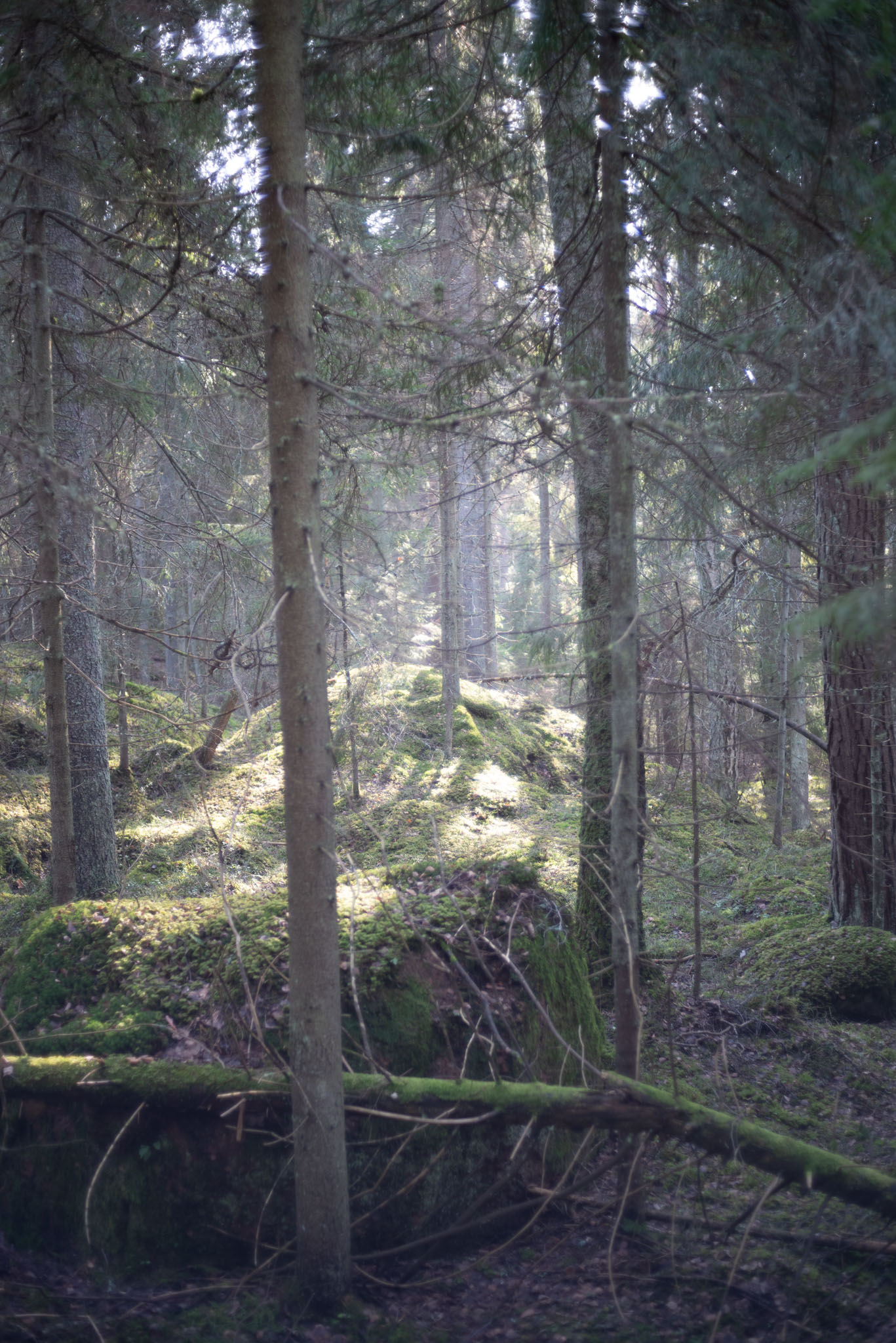
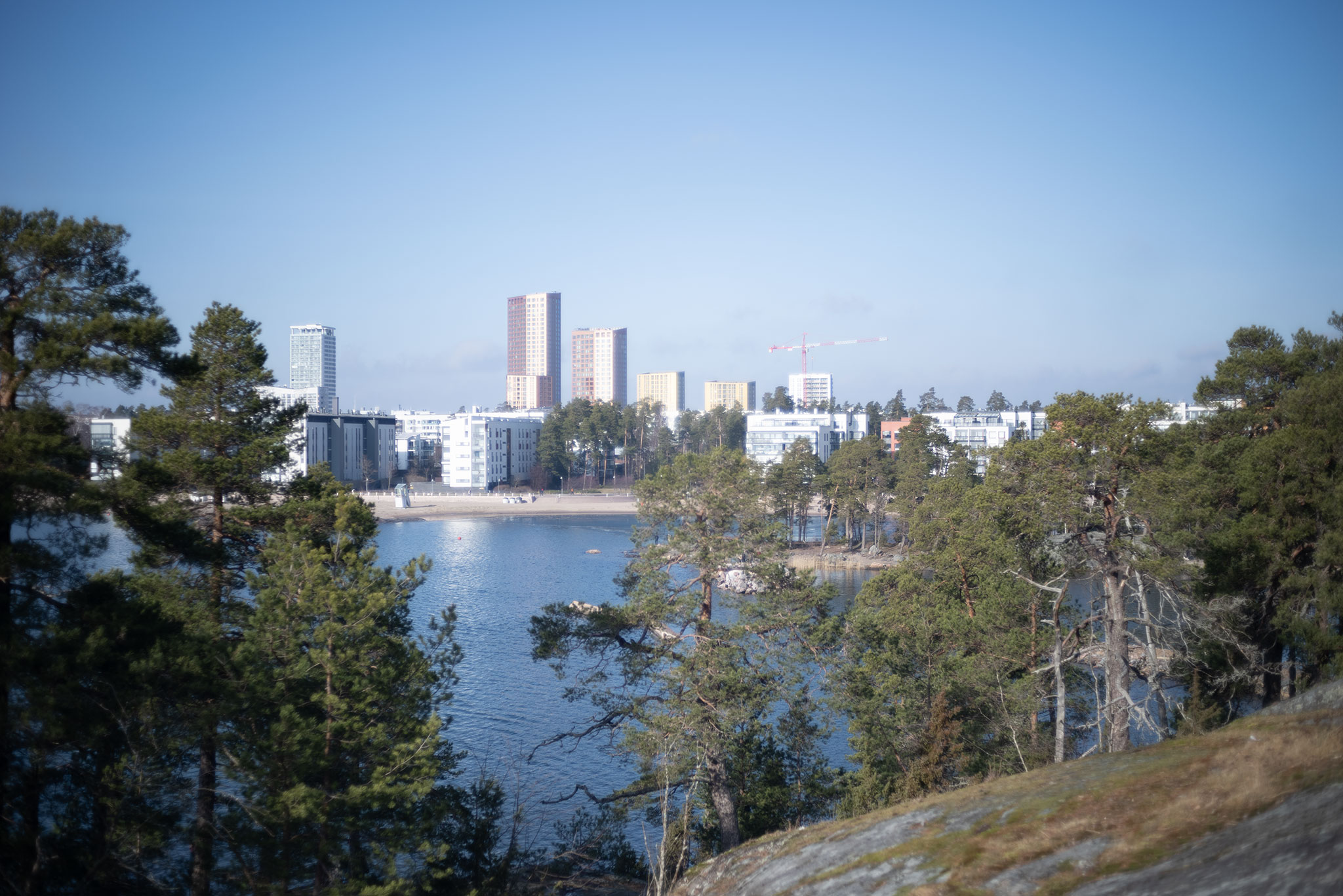

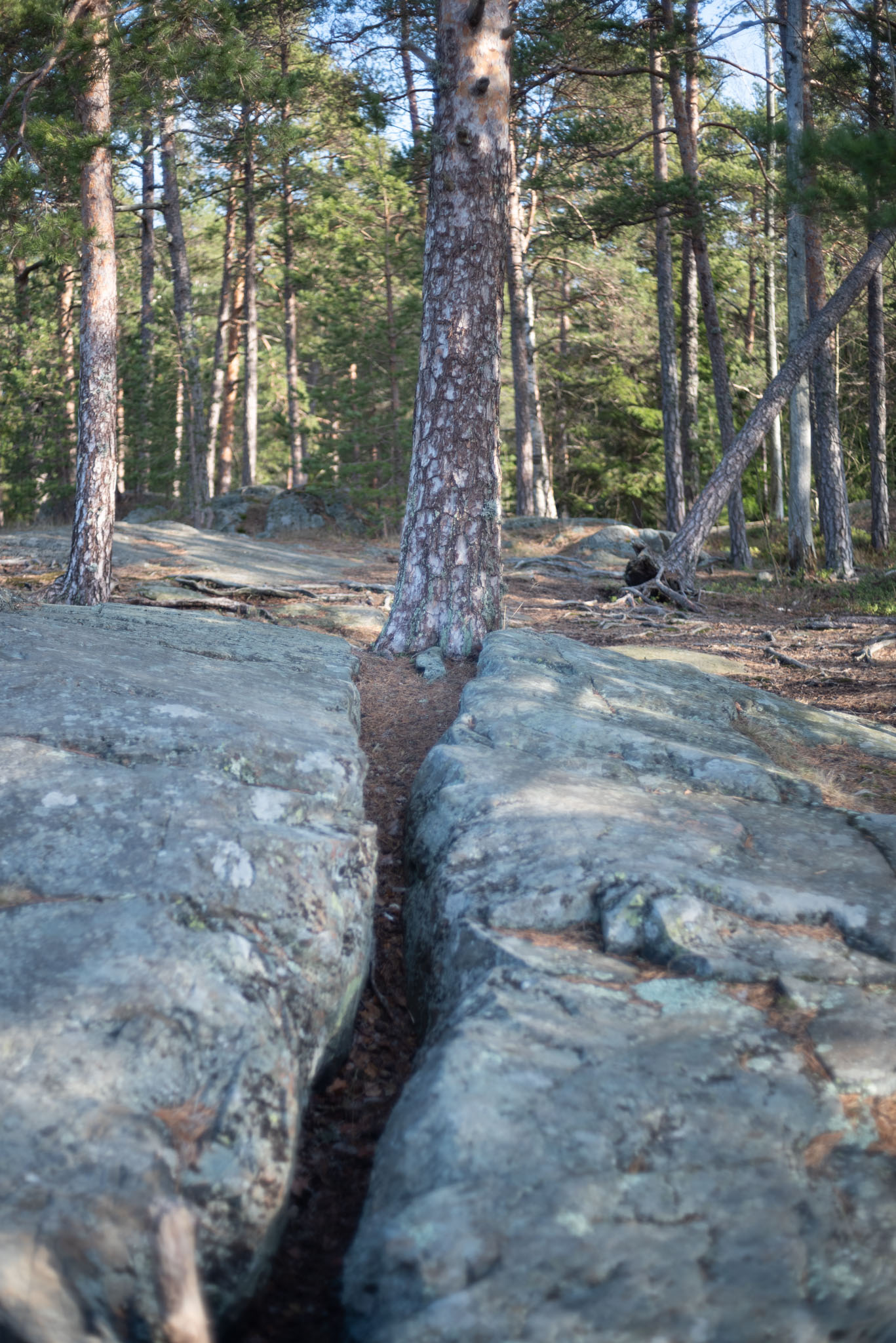
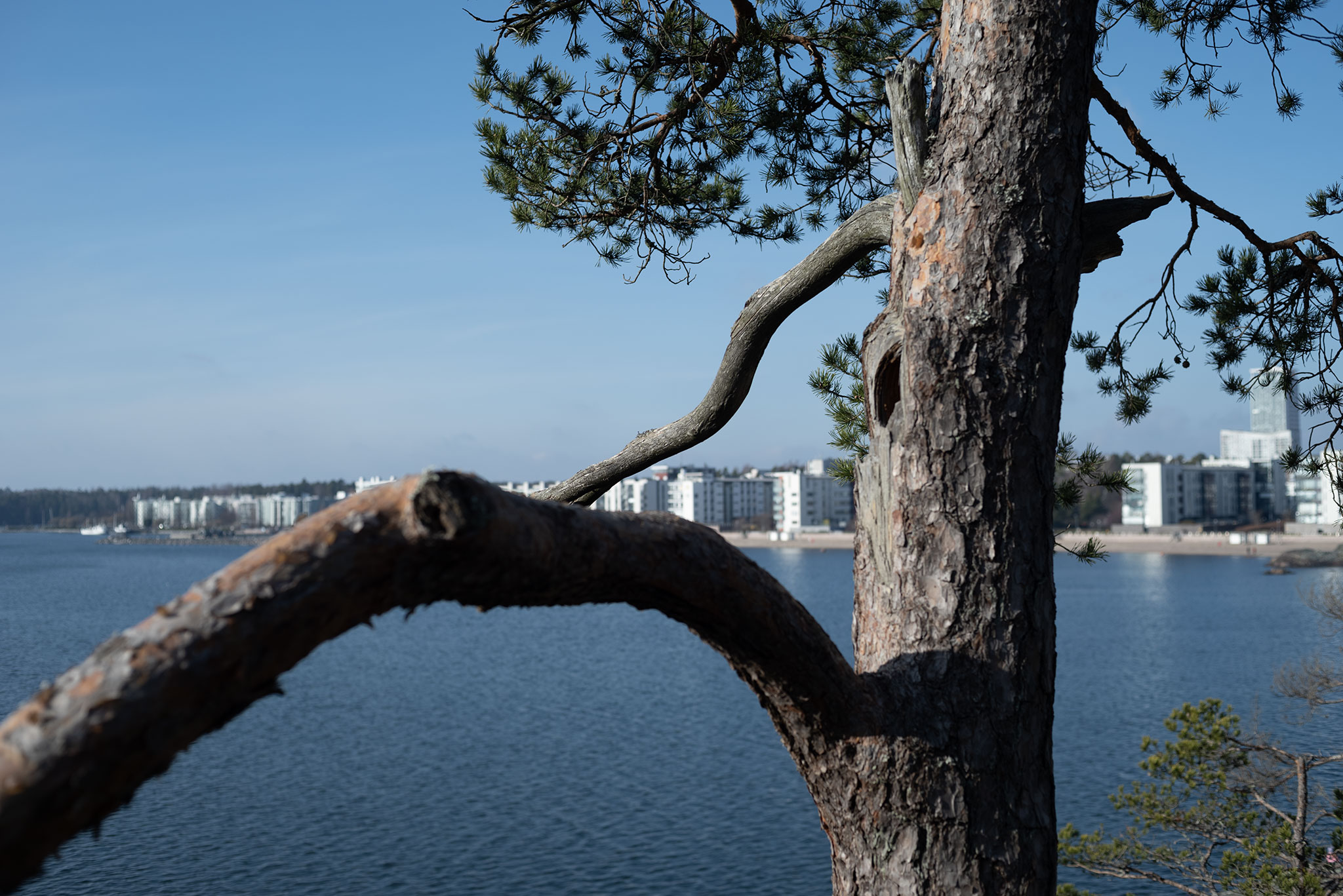
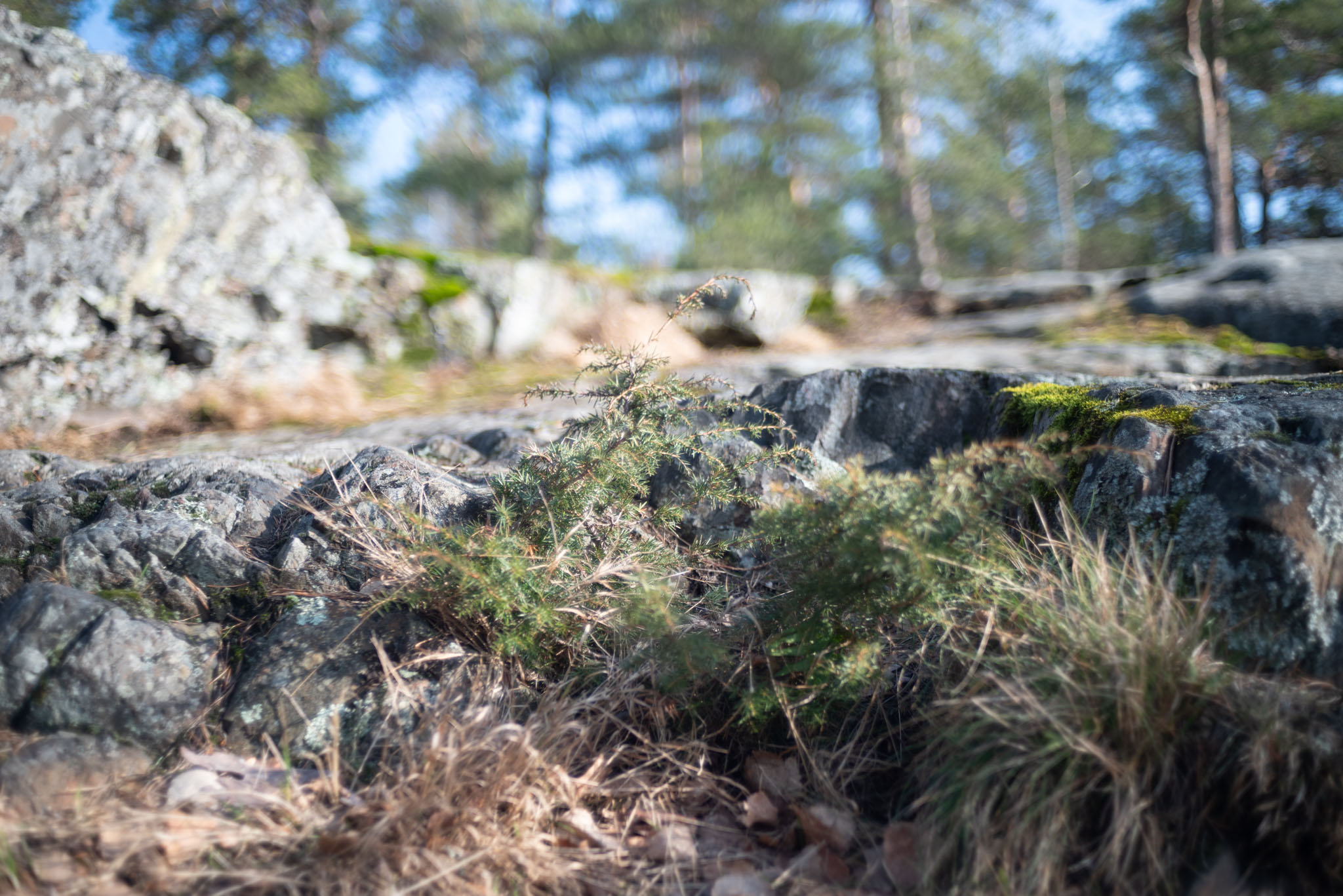
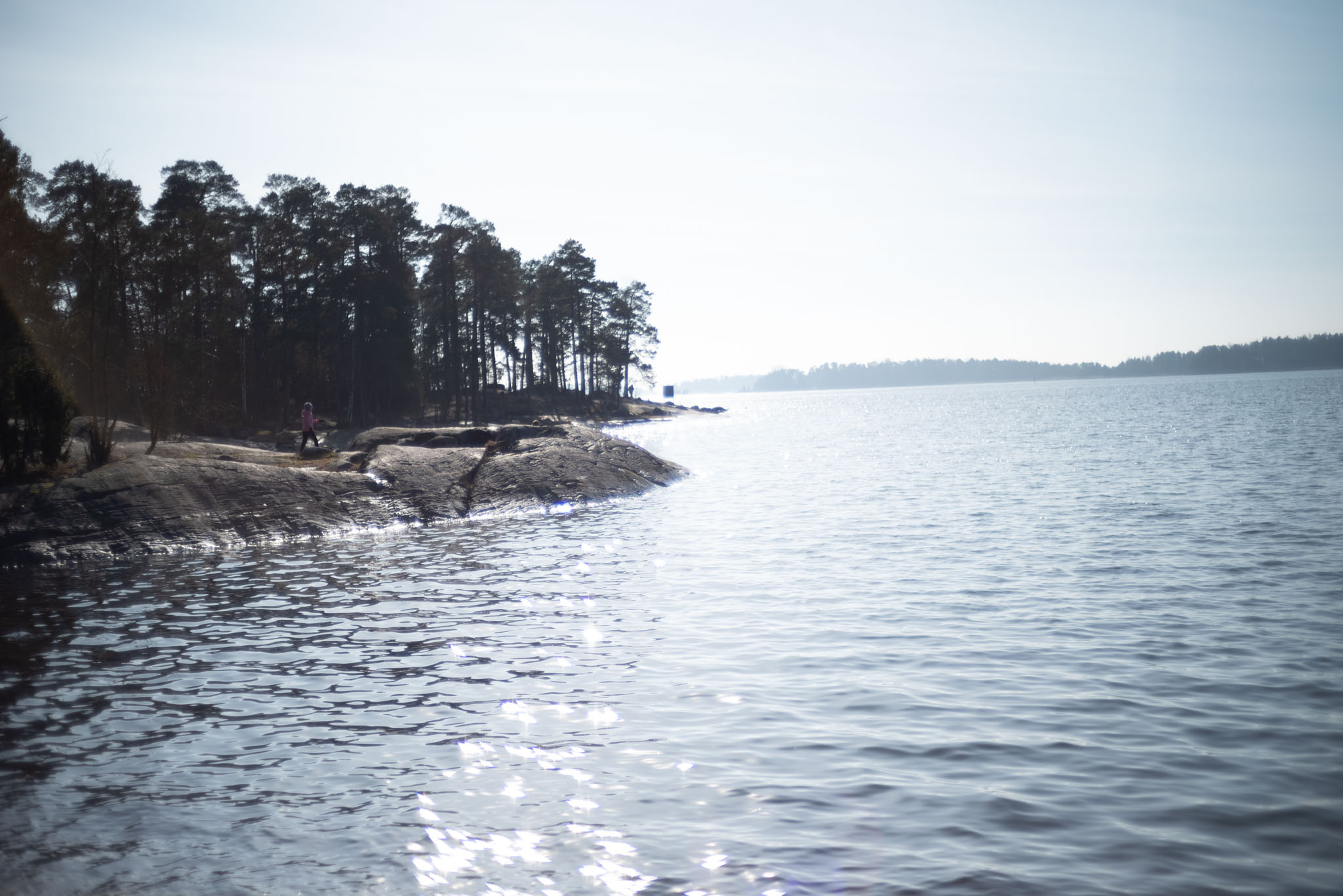
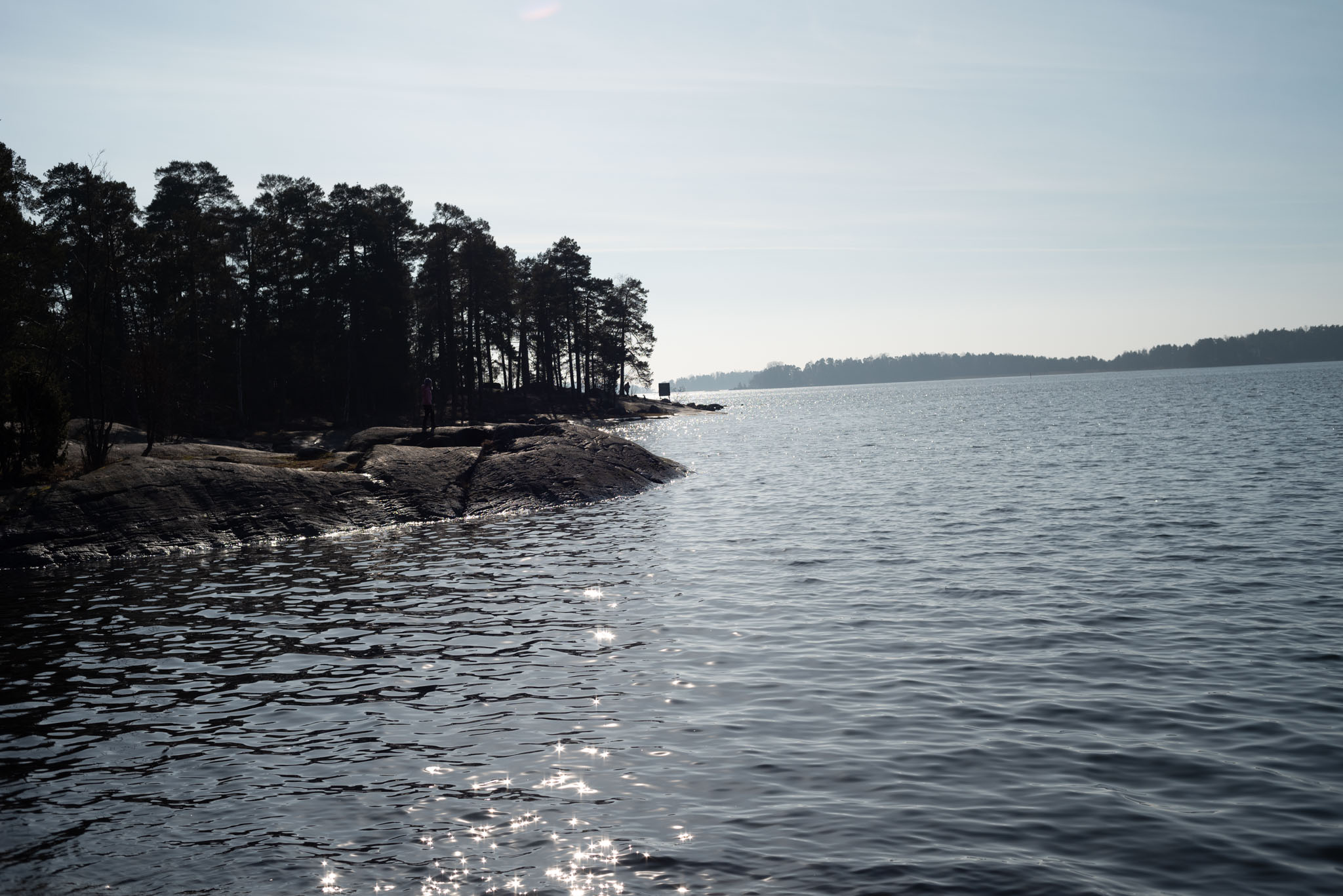
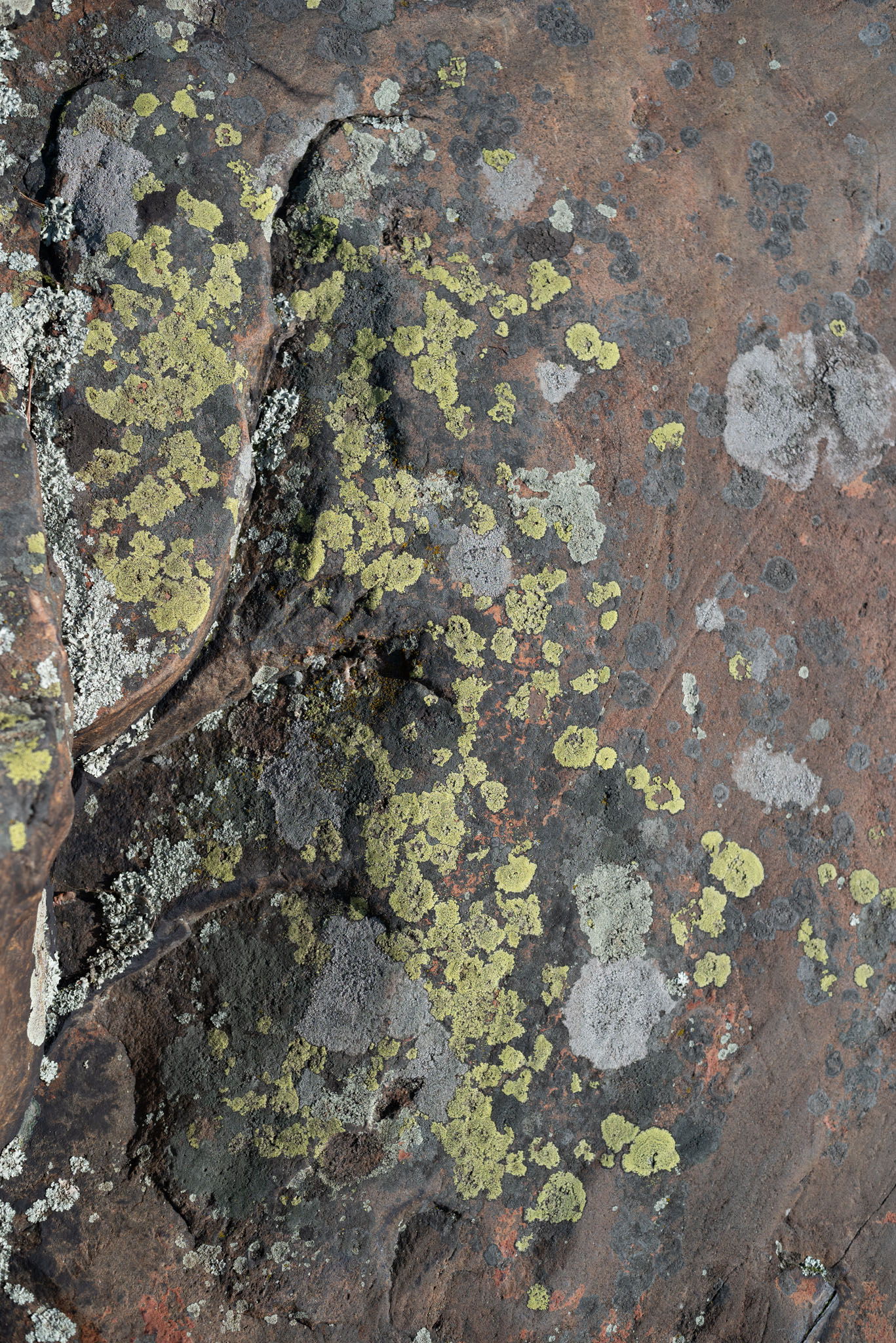
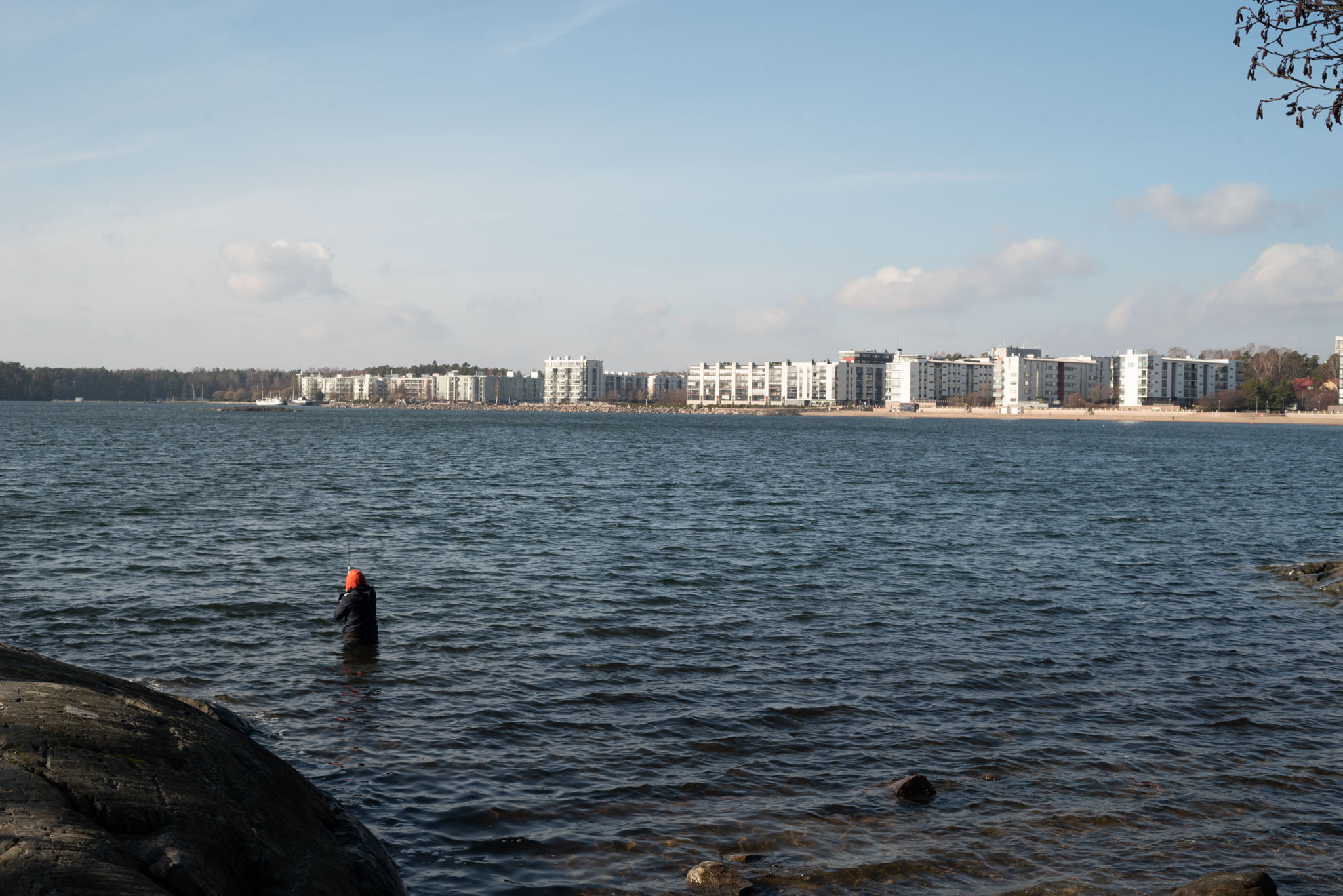
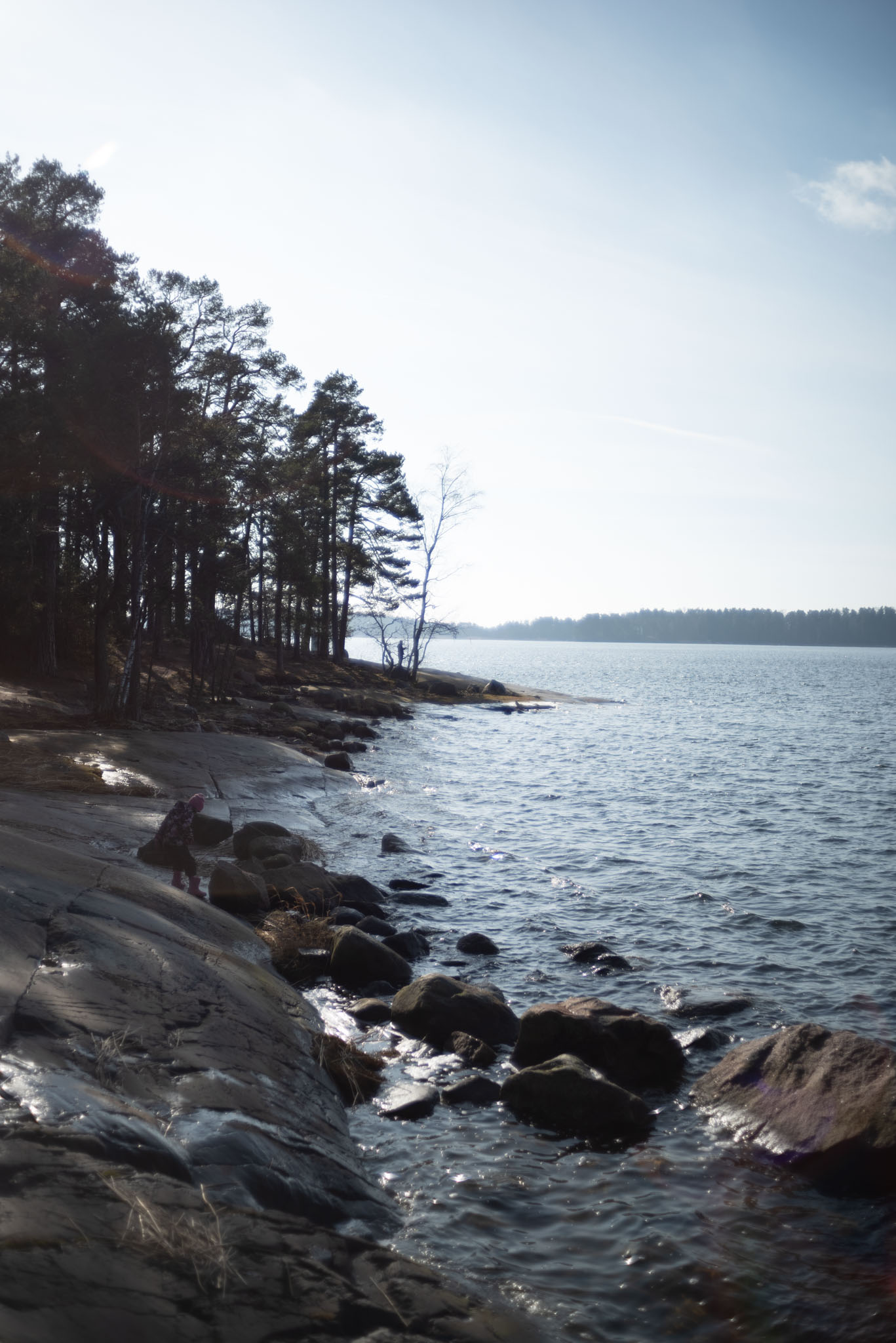

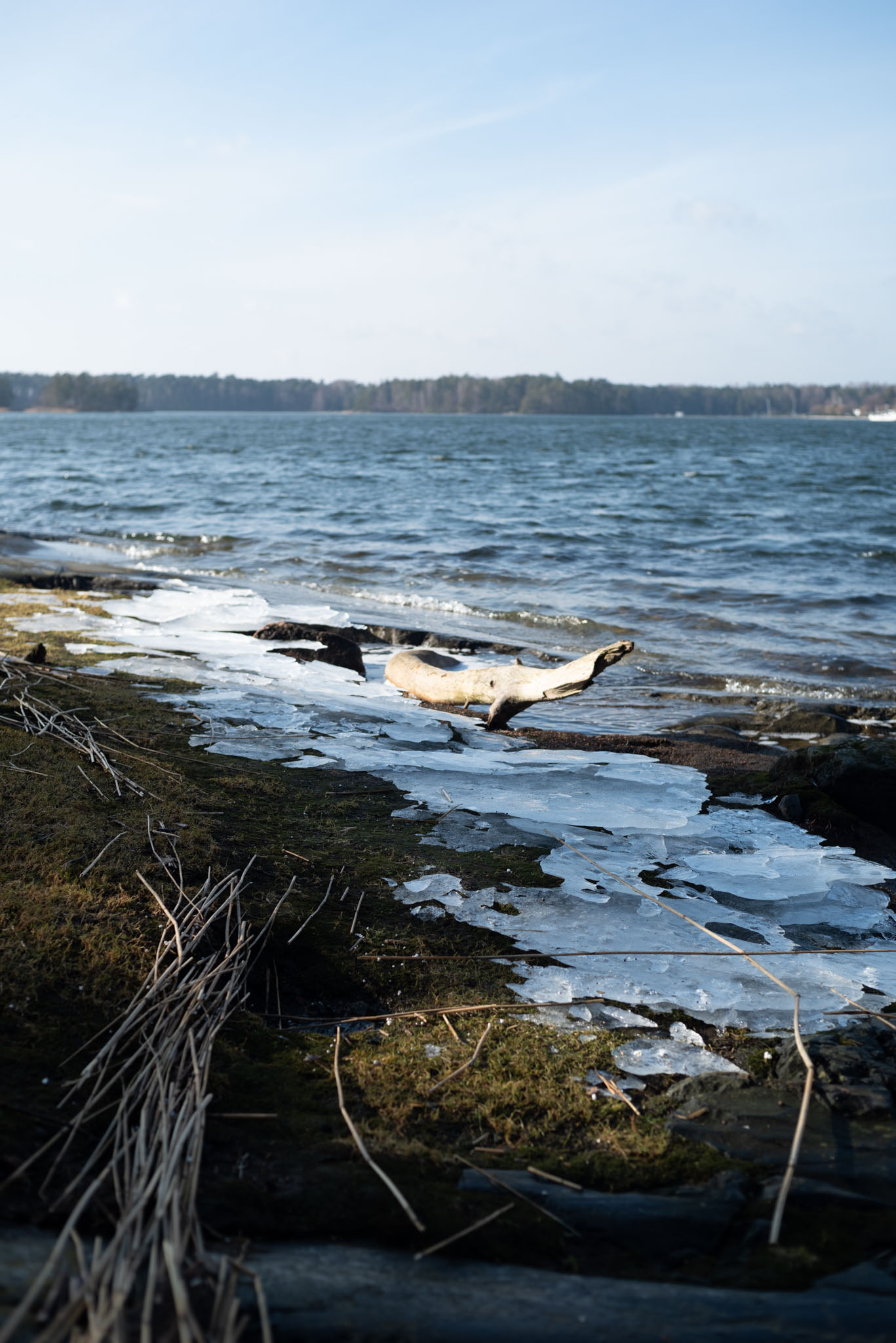
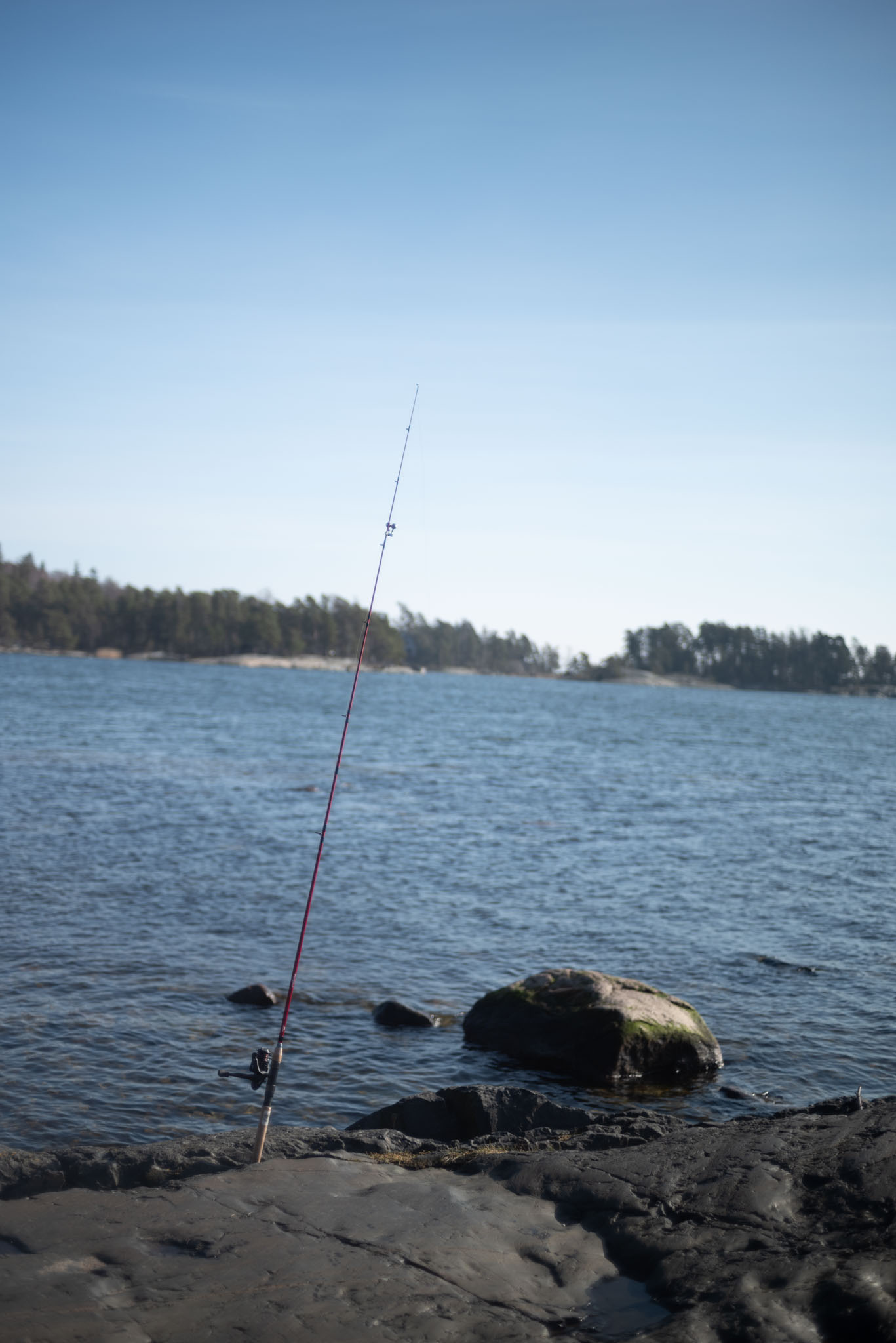
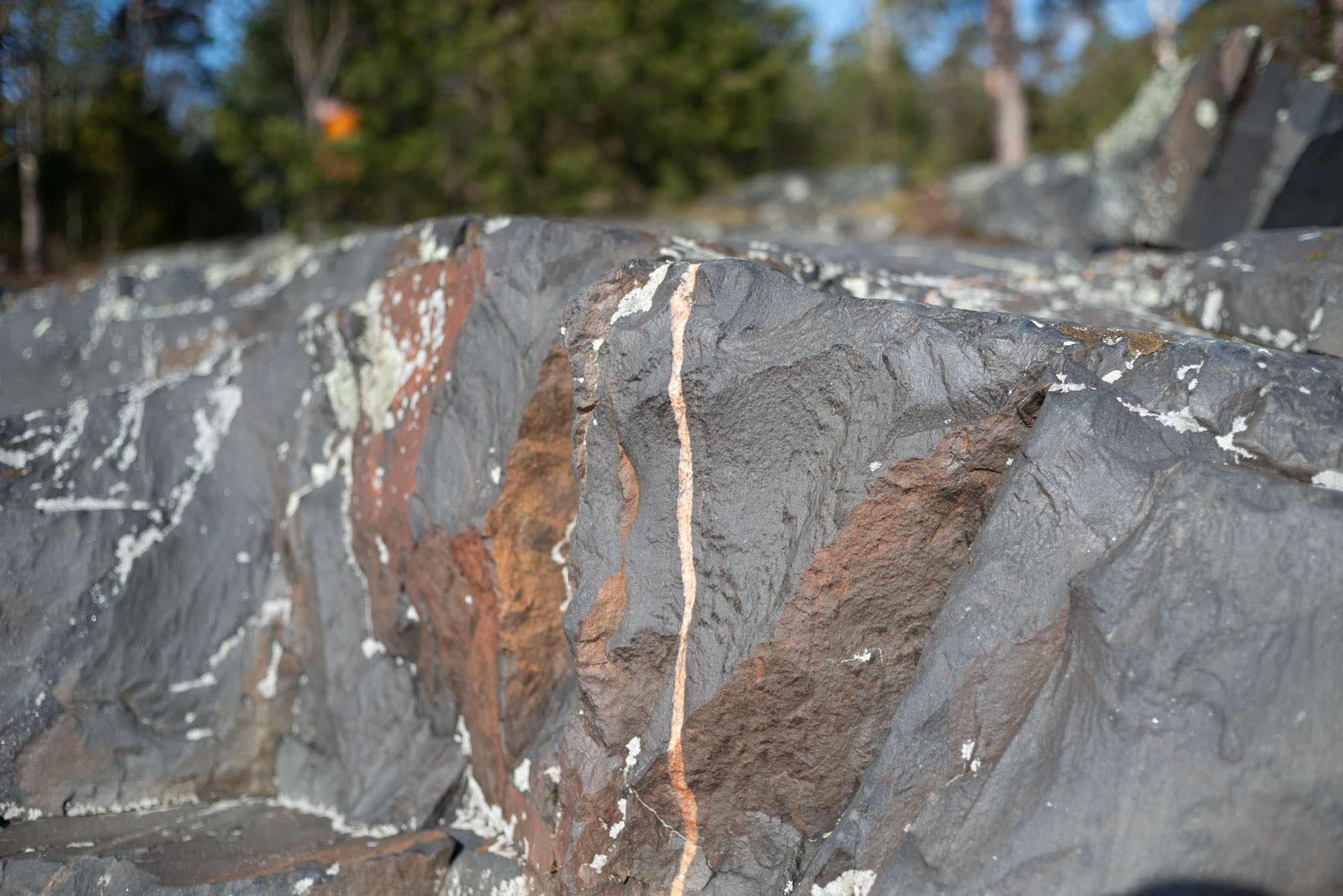
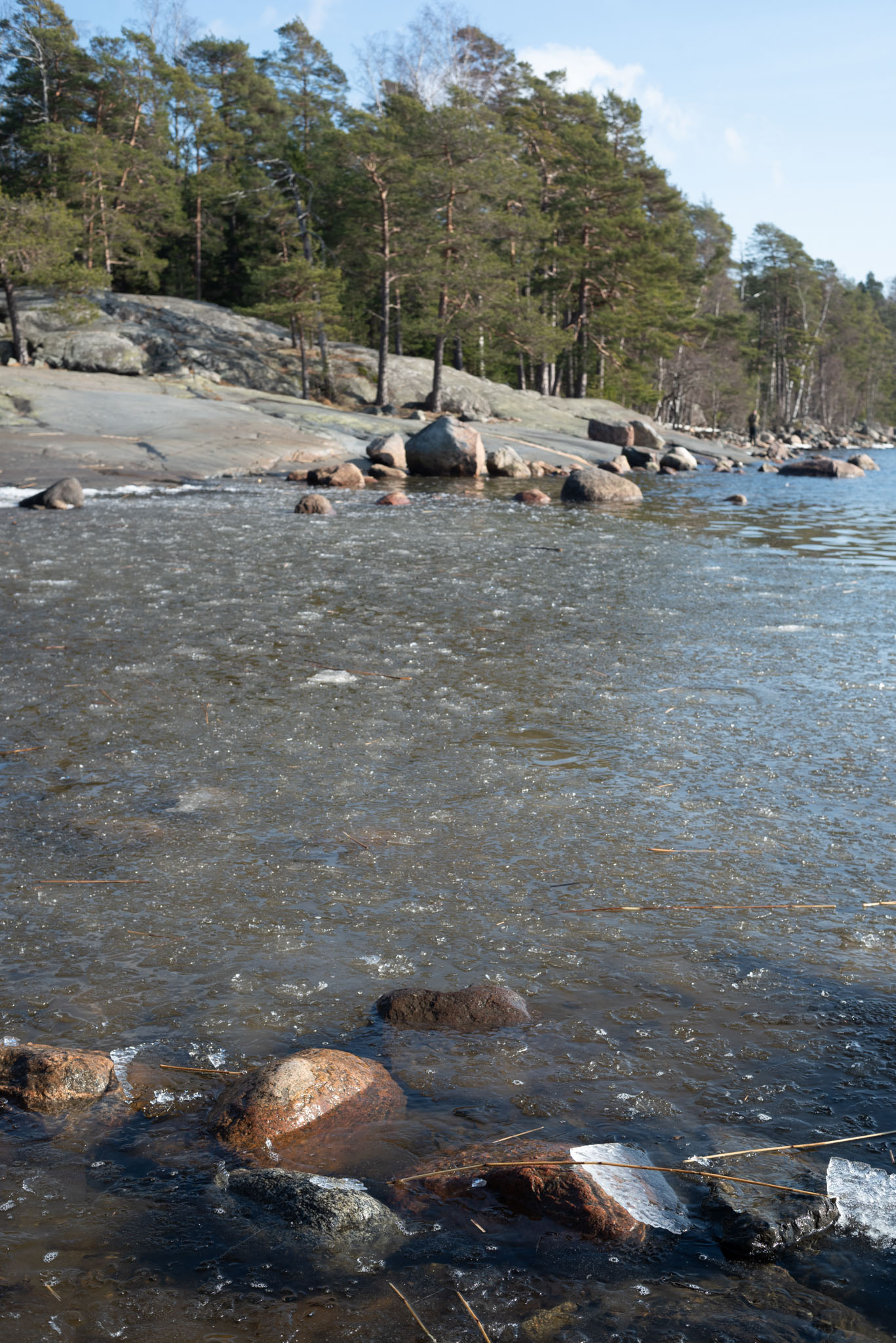
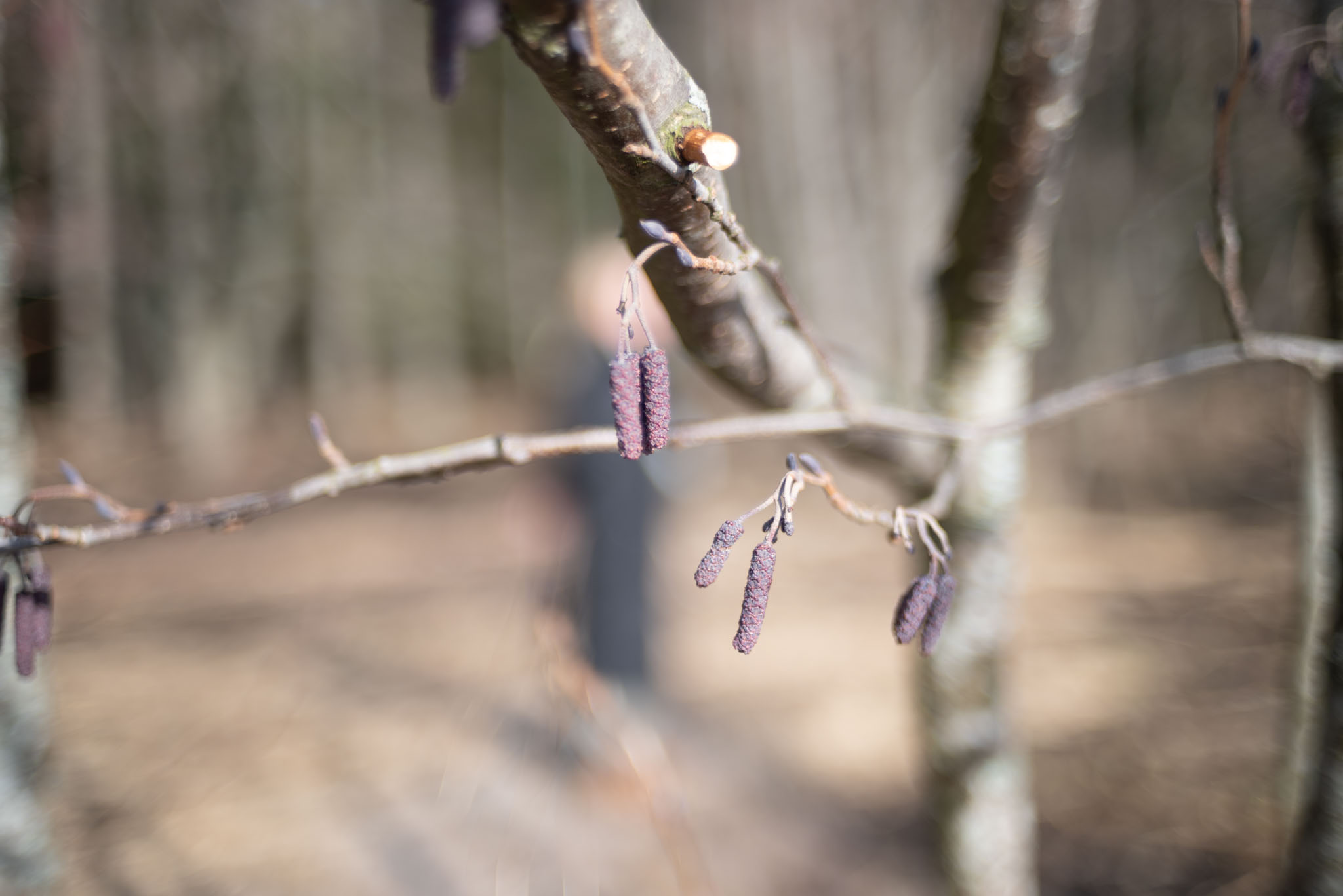
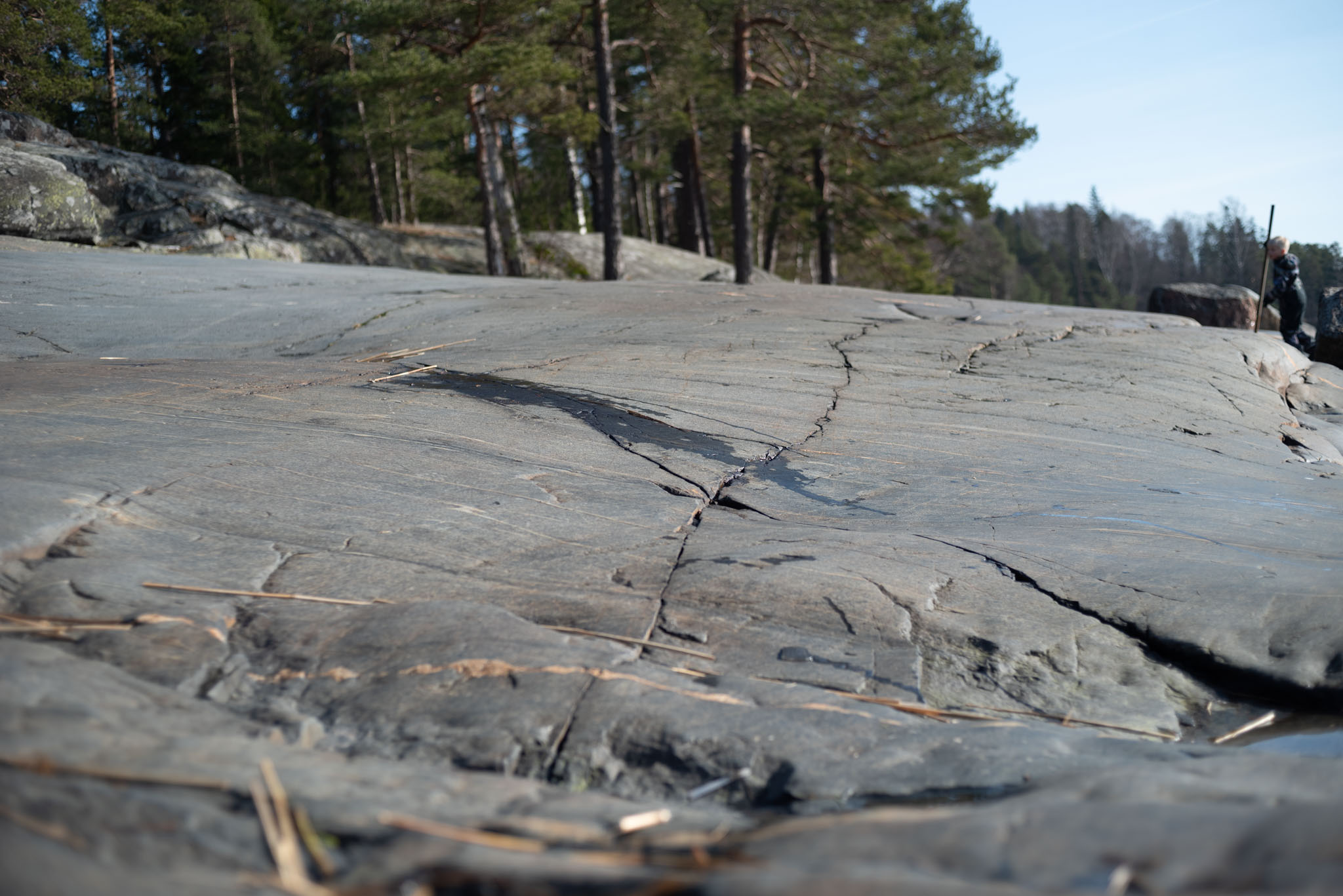
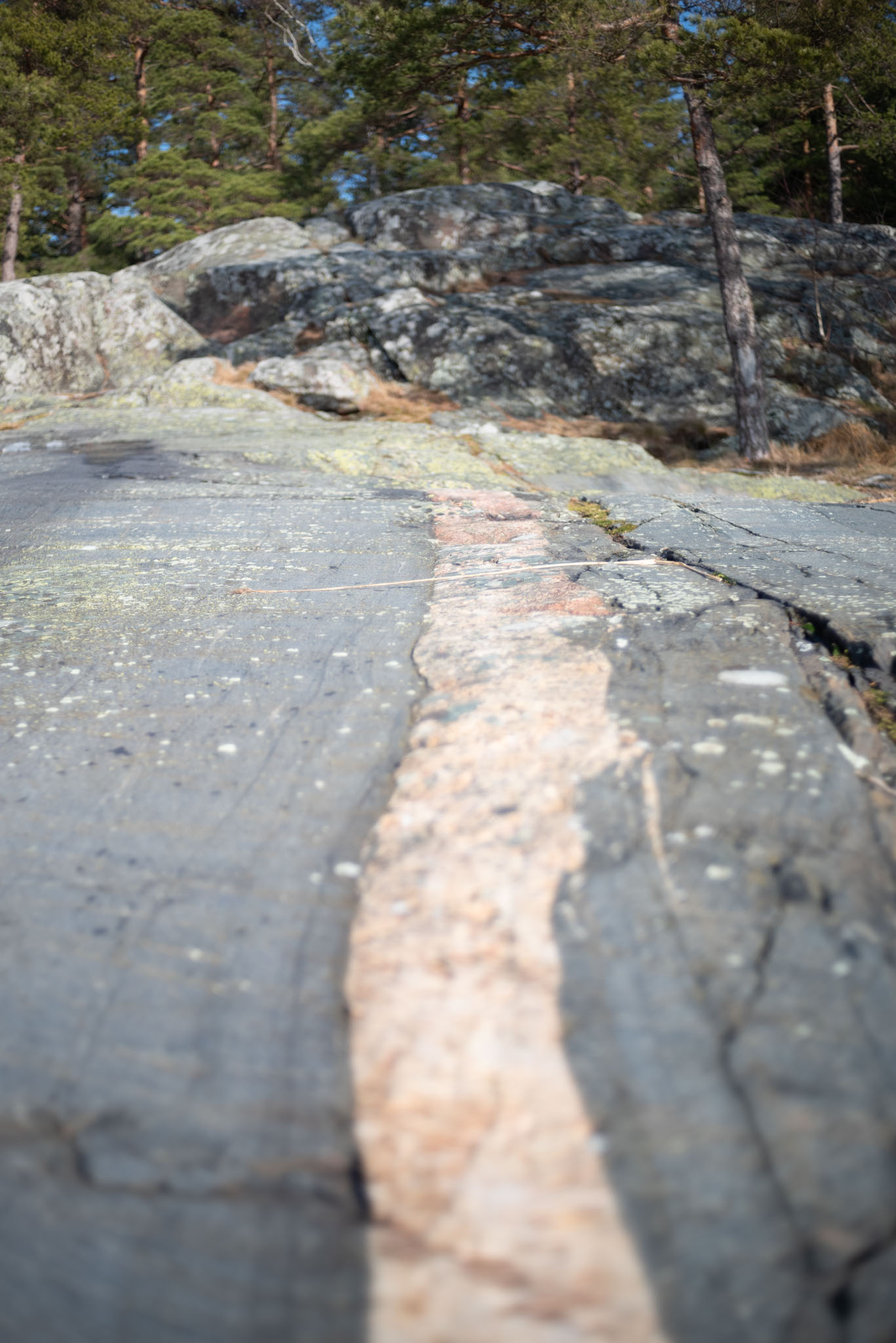
Footnotes
- The ‘1-series’ has been named so because Konica in 1979 started revamping its camera lineup with the name of all cameras (FS-1, FC-1, FP-1, FT-1) containing the number 1 ↩︎
- There is no commonly agreed definition of what makes a lens qualify as a pancake, but the logic I have arrived at is that for a lens to be a pancake it has to have a length (from flange) that is less than half the lens’ diameter. With a length of 28 mm and a diameter of 62,7 mm the Konica 40/1.8 easily qualifies. ↩︎
- Note please. At this time most SLR cameras already featured some form of exposure automation – either aperture priority (in which case you needed the aperture ring all the time), shutter priority (in which case you rarely used the aperture ring), or program auto (ditto). ↩︎

Nice review. The Konica 40mm/f1.8 always surprises me. It is much more capable than it looks to be. I always enjoy my outings with it. 40mm adapted to a crop frame makes it a decent portrait lens with the 1.8 aperture. I use it for dog shots.